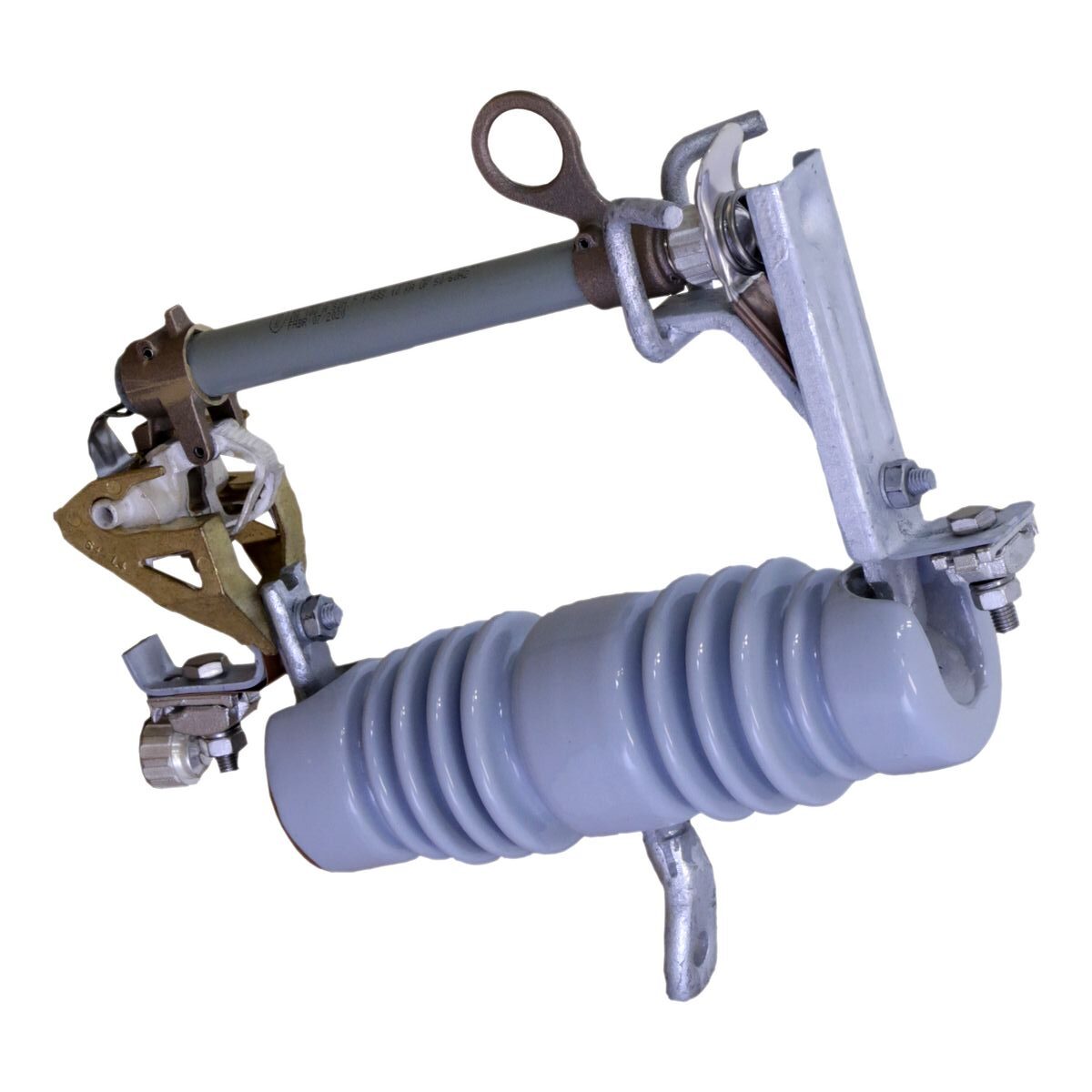
Solar batteries are becoming increasingly important in South America’s rapidly rising energy sector. South America has vast solar resources and an increasing energy need. Solar batteries are chemical storage devices for electric charge. They provide solutions for energy access, grid stability, and environmental sustainability. The batteries can be combined with solar panels to give a feasible alternative for reliable energy in rural locations. Furthermore, these batteries can serve to stabilize the grid by storing surplus energy generated during the day and discharging it during peak hours. This can help South American countries lessen their dependency on fossil fuels and gain energy independence. Also, solar batteries incorporate cutout fuses into their safety and protection systems. The cutout fuse can protect electrical systems from overcurrents. Let’s look at solar batteries and how cutout fuses improve their efficiency.
Given South American conditions, solar batteries help to reduce greenhouse gas emissions. They also contribute to the region’s efforts to mitigate climate change. Most South American governments have likewise adopted and are investing in renewable energy to show their commitment to international climate agreements. Governments are also helping by implementing policies, offering incentives, and establishing helpful regulatory frameworks. This promotes renewable energy projects through grants, subsidies, and preferential credit terms. Countries such as Chile, Brazil, and Argentina are utilizing solar batteries to increase access to electricity. Using cutout fuses ensures that the system runs efficiently over time. This is a way to prevent harm from overcurrent.
Ideal Solar Batteries for South American Countries
The expansion of renewable energy in South America necessitates innovative technologies for sustainability. Solar batteries may store energy from both solar and other renewable sources. There are various types of solar batteries that store energy from solar panels. Cost, efficiency, longevity, and unique application requirements all influence the battery technology chosen. Cutout fuses aid to avoid solar battery damage and overheating, ensuring the system’s longevity and efficiency. The following are examples of solar batteries used in South American energy infrastructure.

- Lead-acid batteries – these are the most used types of batteries for solar energy storage. The two main types include flooded lead-acid and sealed lead-acid, which include Absorbed Glass Mat (AGM) and gel batteries. These batteries have a lower initial cost and are proven to have a well-understood performance profile.
- Lithium-ion batteries – these batteries have a higher energy density, a longer lifespan, and lower maintenance requirements. They are commonly used in solar applications to provide stability and safety. Lithium-ion batteries have a long lifespan, usually 10-15 years, and are maintenance-free. However, they are more expensive as compared to lead-acid batteries.
- Flow batteries – these use liquid electrolytes that flow through a cell stack to generate electricity. They offer a longer lifecycle and high efficiency. They are best used for applications that need large amounts of stored energy.
- Sodium-ion batteries – these are a newer technology that uses sodium instead of lithium. However, they are still under development for commercial applications.
- Zinc-bromine batteries – these are types of flow batteries mostly used on large-scale energy applications. They have a long life cycle and are suitable for high capacity storage.
Cutout fuse in solar batteries plays a role in energy sustainability.
A cutout fuse is critical to maintaining the efficiency and safety of solar battery installations. Cutout fuses are commonly used to cut system damage, reduce fire risks, and make maintenance easier. The cutout fuse ensures that solar battery systems work efficiently and sustainably. This supports South America’s renewable energy targets. TTF Power Systems is your one-stop store for power line hardware and utility accessories, including cutoff fuses. We also provide our consumers a wide choice of items, great pricing, and expert service. A cutout fuse in solar batteries has the following functions.

- Protection against overcurrent – when the current exceeds the fuse’s rated capacity, the fuse blows, interrupting the circuit and stopping the flow of excess current. This protects the battery from damage, overheating, and potential failure. This helps maintain the battery’s performance and efficiency.
- System damage prevention – solar batteries include components like inverters, charge controllers, and wiring. These components are vulnerable to damage from overcurrent and ensure the components are breaking the circuit when necessary. By doing so, the fuses help avoid disruptions and ensure all components operate correctly.
- Fire risk reduction – overcurrent on the solar batteries can cause overheating, which may lead to fires. The cutout fuse reduces the risk of fires to ensure safe operation.
- Maintenance improvement – fuses can help in diagnosing issues by indicating when there is an overcurrent. This ensures the solar battery remains in good working condition.